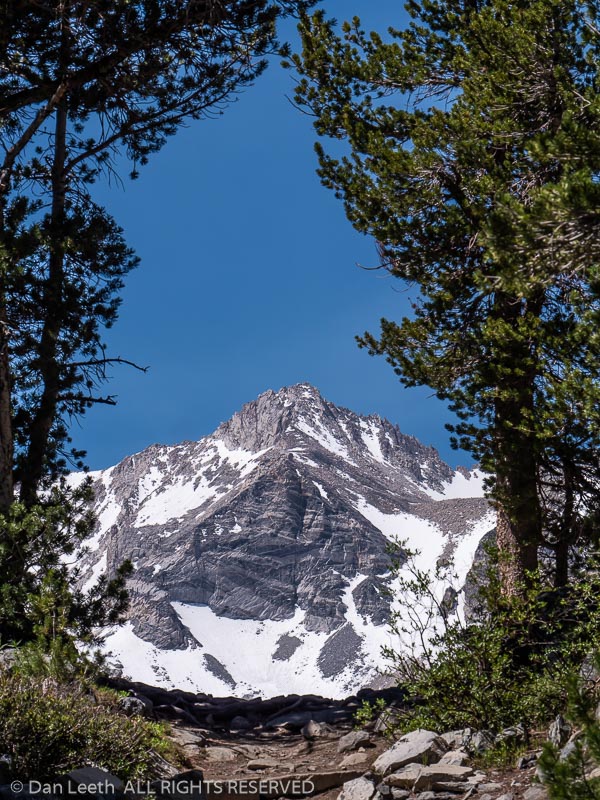

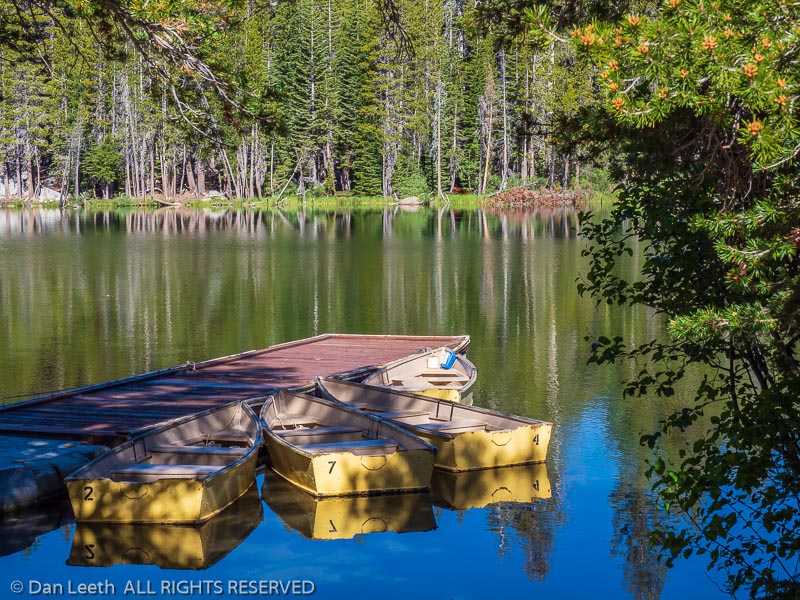
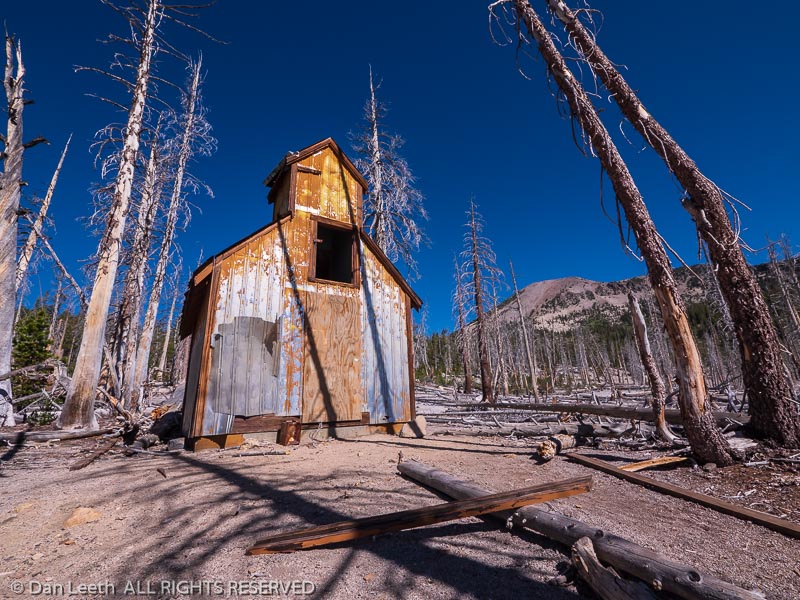
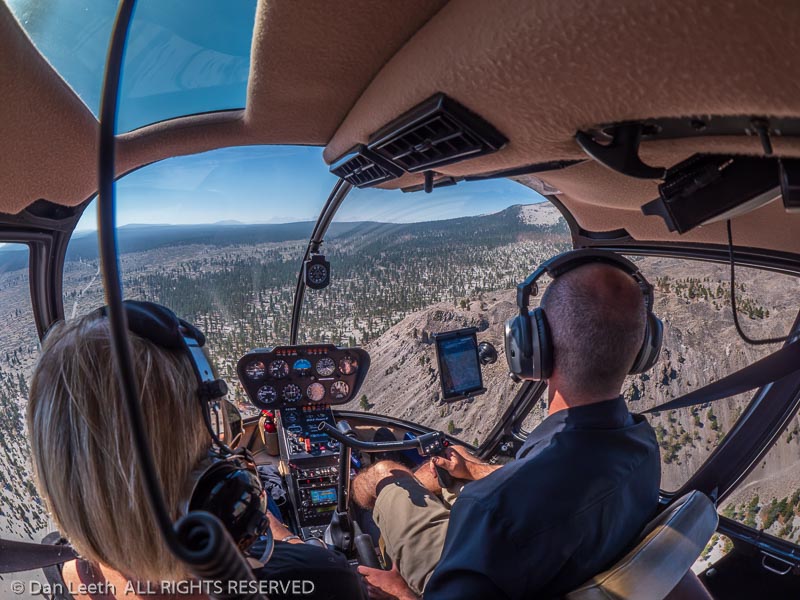
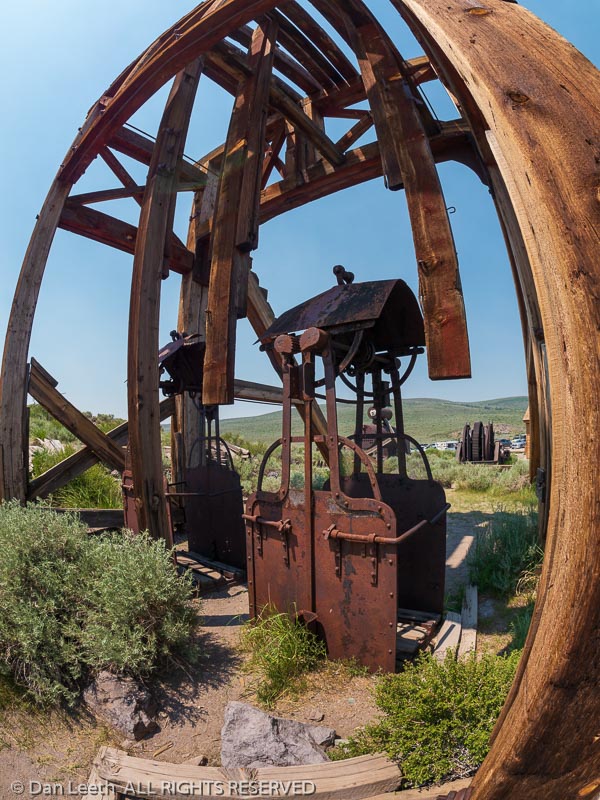
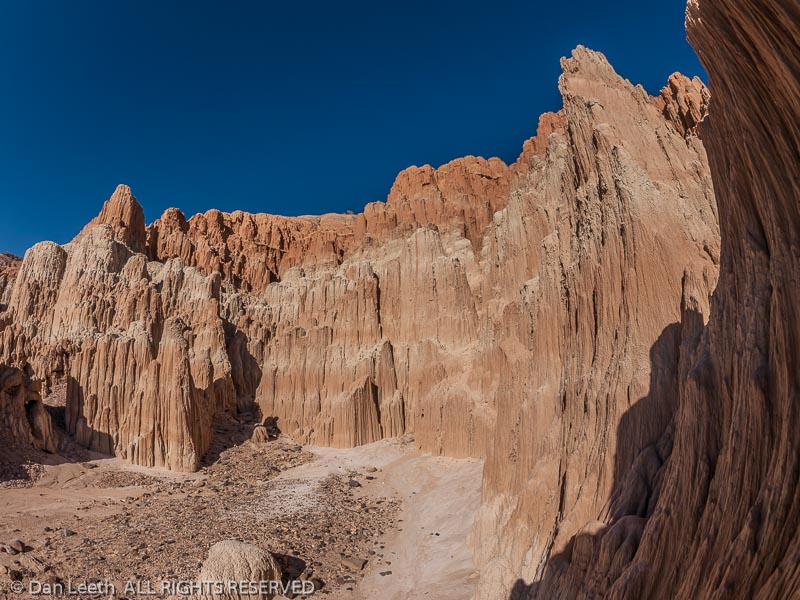
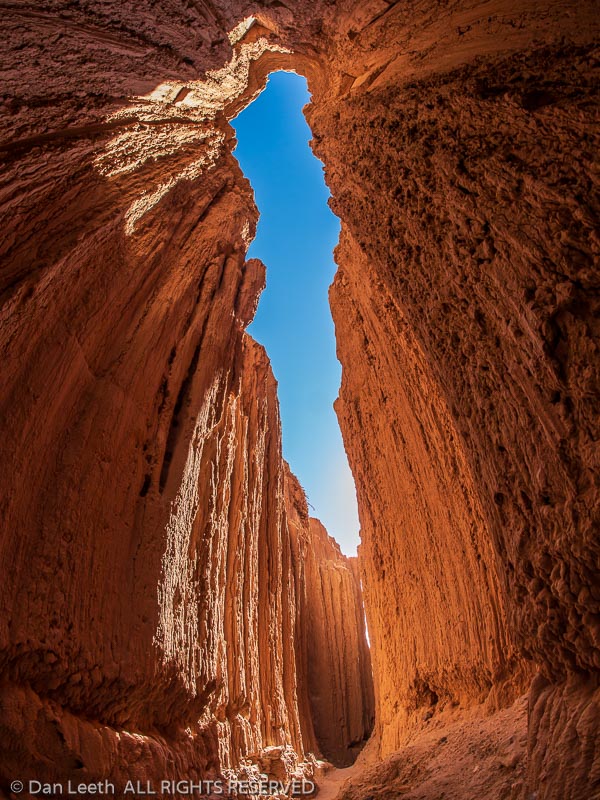
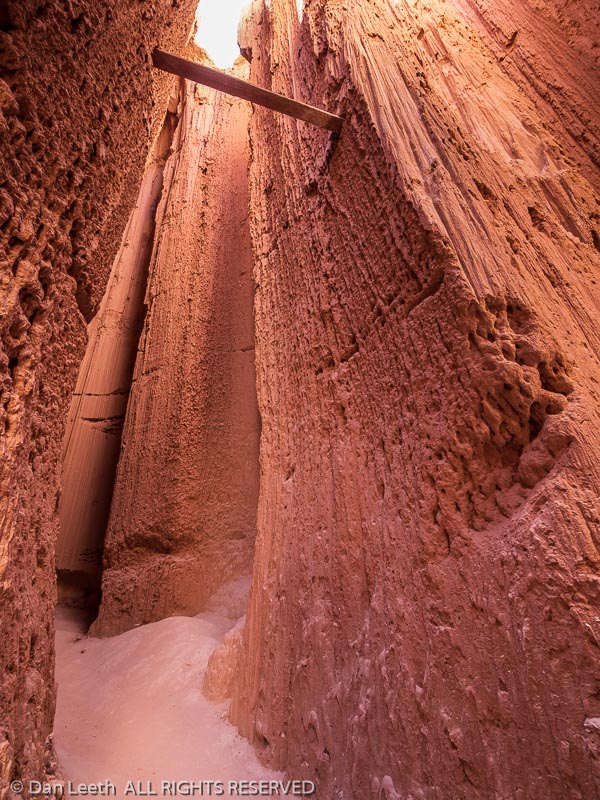









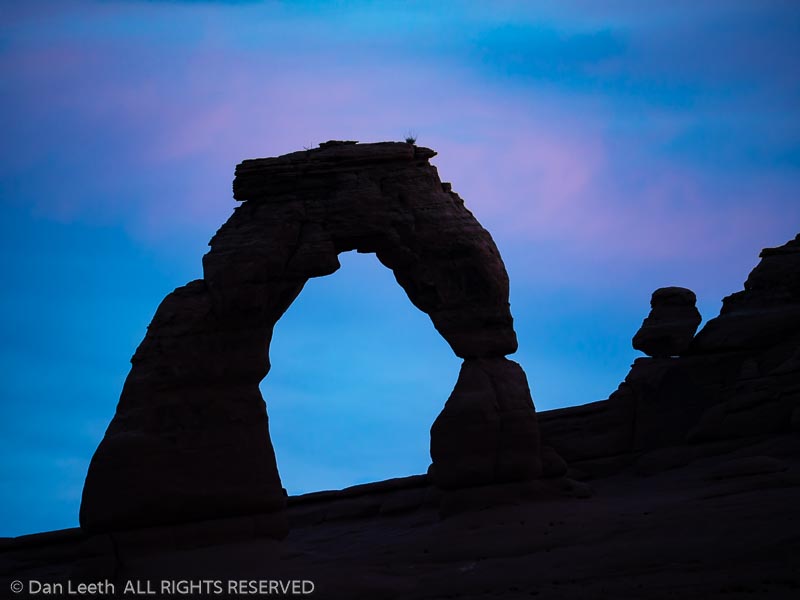
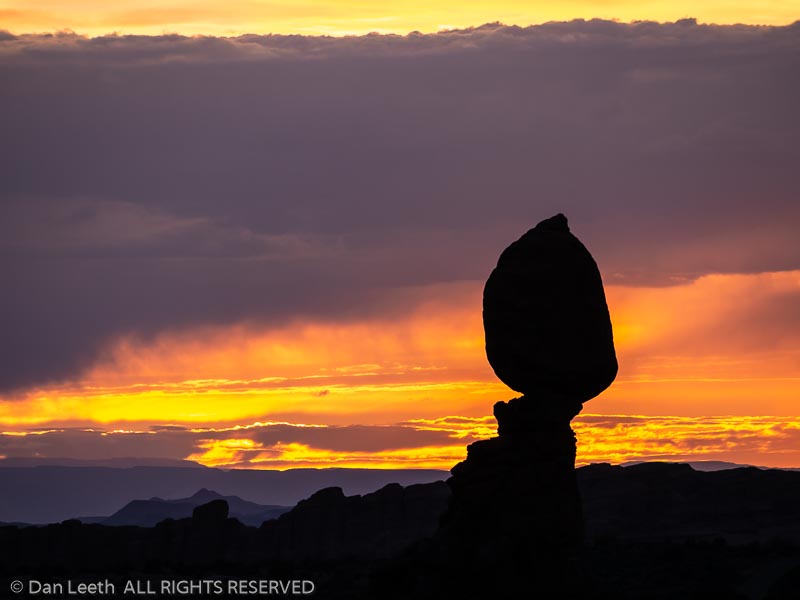
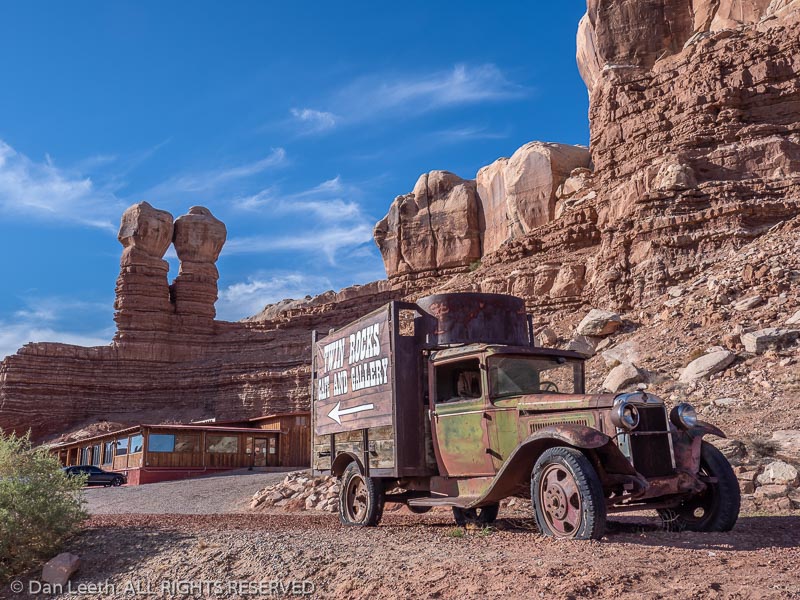
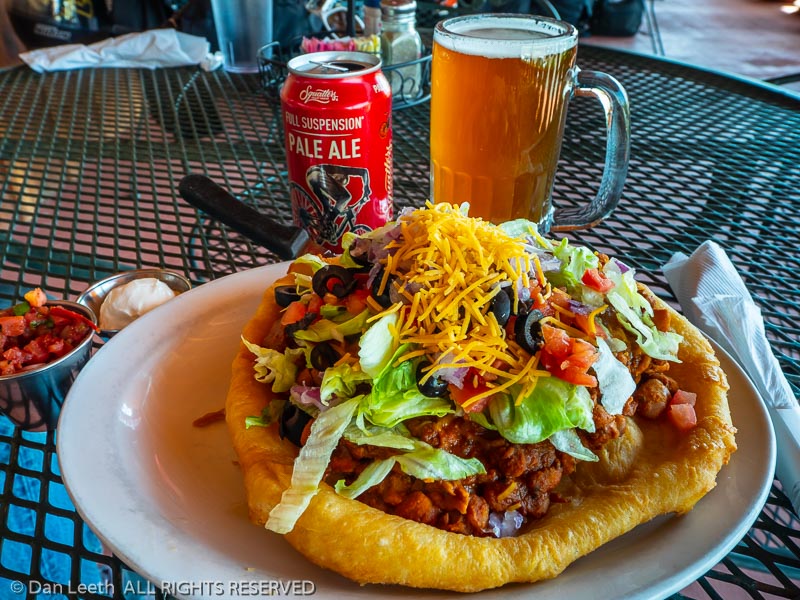
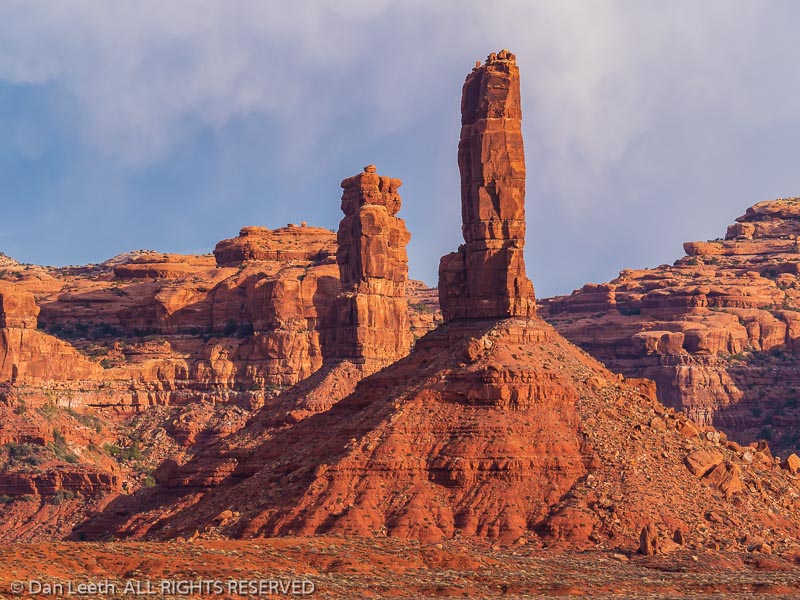

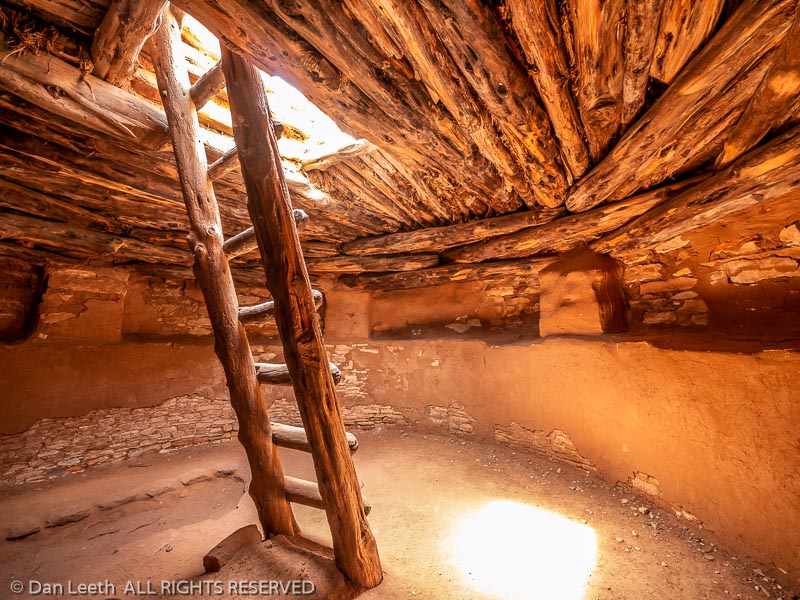

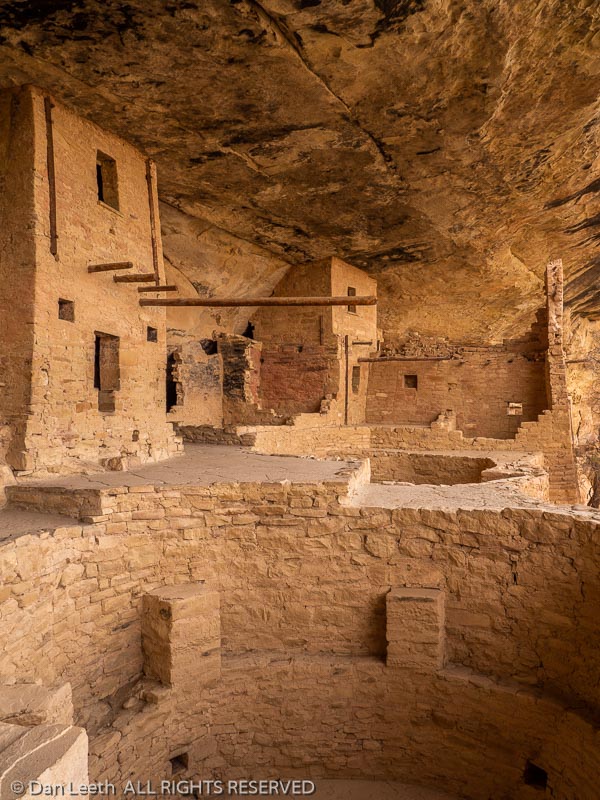
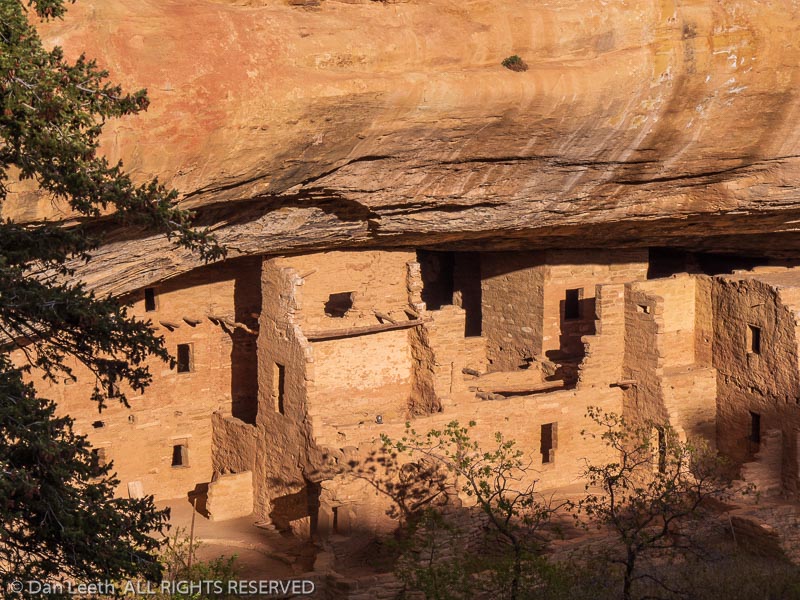

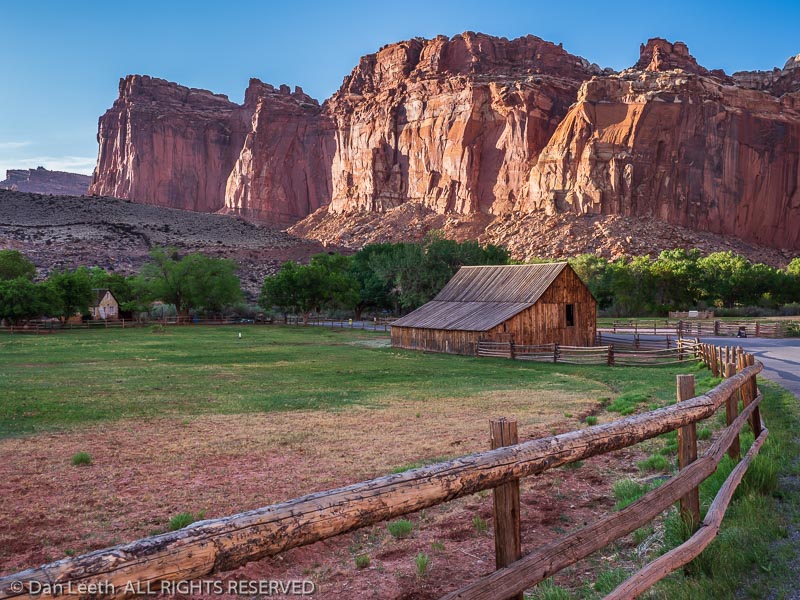
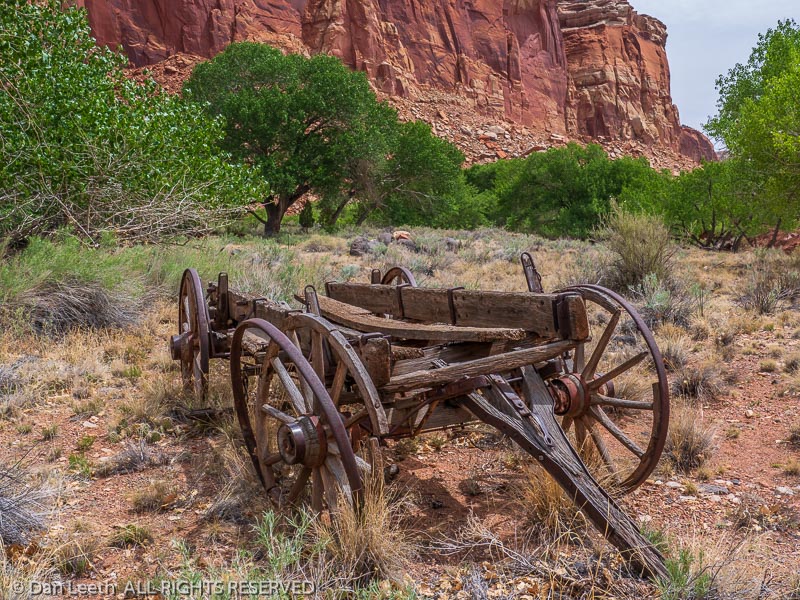
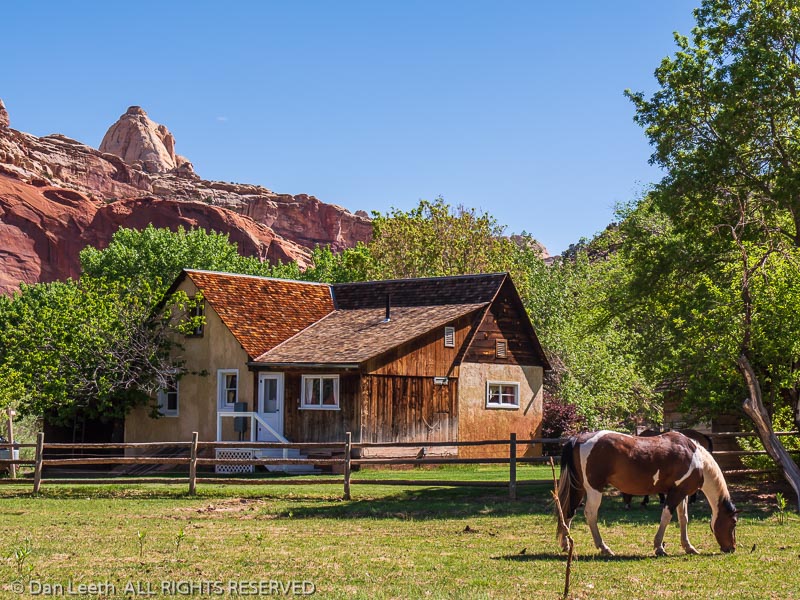
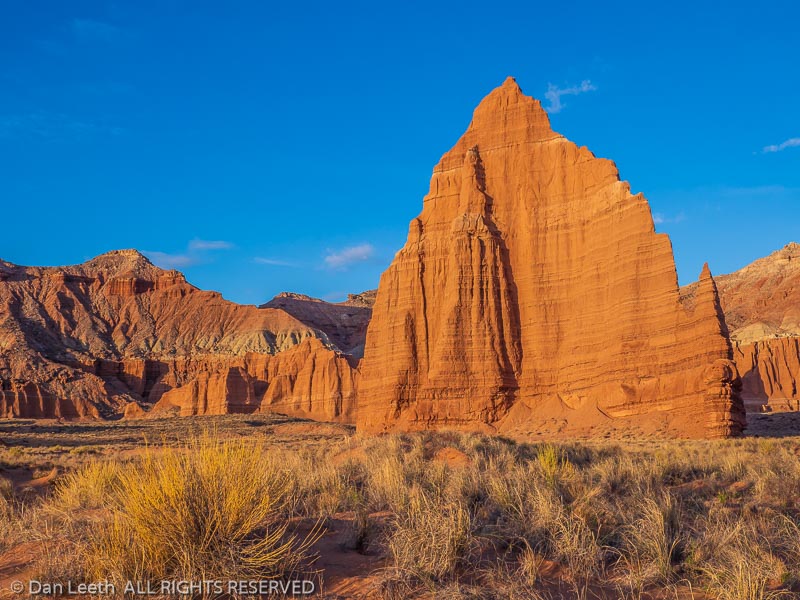
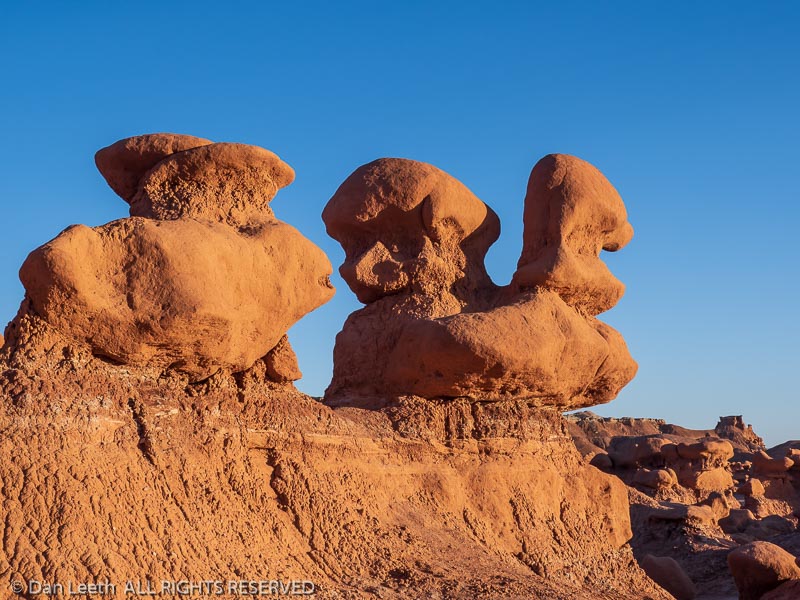
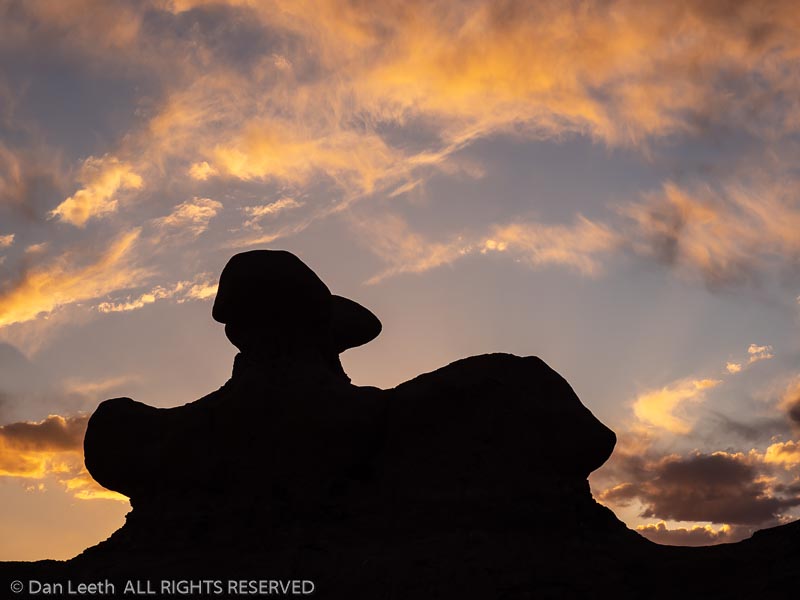
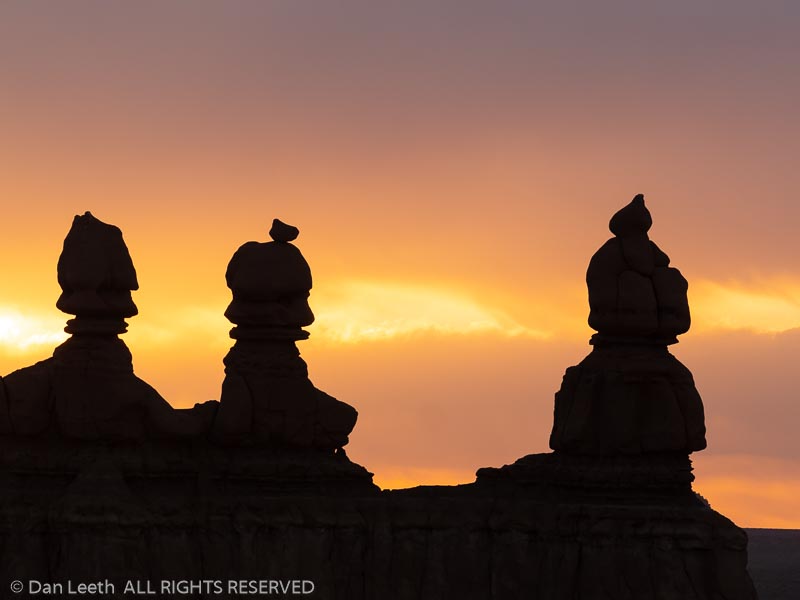
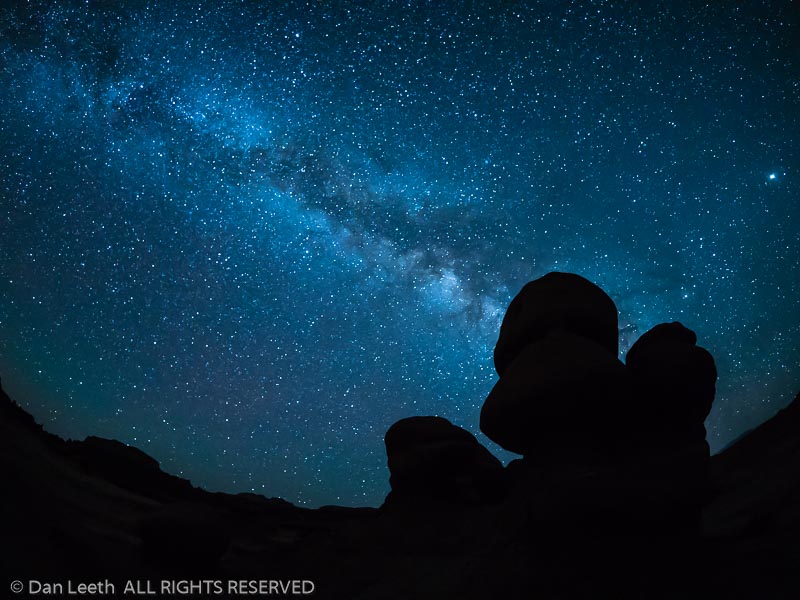
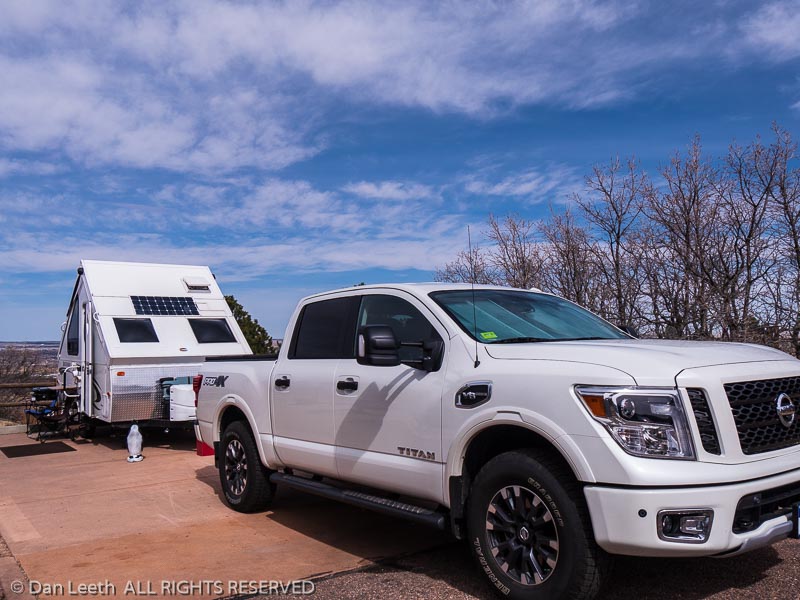
First trip of the year, and this time with a new tow vehicle. Since we bought the trailer, we’ve been pulling it with our old, trustworthy Nissan Xterra. It had a tow rating of 5,000 pounds, which was more than enough to handle our 1,854-pound Rockwood. The problem was that it was a stick-shift.
In 52 years of driving, I’ve owned only one car with an automatic. That was back in the ‘70s with wife number one. We bought a Chevy with a V-8 engine and a column-shift automatic, my now ex-spouse was so thrilled with it, she soon ran off with a used car salesman. Best thing that ever happened to me.
I like manual transmissions, but not for pulling trailers. The Xterra towed fine down the highway, but was not fun in stop-and-go traffic nor if we stopped on an uphill.
The biggest problem, however, was backing into a campsite, especially if it had an uphill slope to it. Moving slowly required slipping the clutch and more than once we ended up smelling the pungent aroma of a burning clutch.
When we had to have the clutch replaced at less than 80,000 miles, I decided the stick-shift had to go. This winter, we were offered a splendid deal on a brand-new Nissan Titan crew-cab pickup with a seven-speed, automatic tranny. So, we went that route.
It’s white so we named our Titan “Tighty.” It’s first tow trip was to haul the trailer down to Cheyenne Mountain State Park outside of Colorado Springs.
This was our second visit to this state park, which we really like. It’s 60 miles from home and has lots of full-hookup sites. At night we look down on the lights of Colorado Springs, and we hear Reveille and Taps broadcast daily from the Fort Carson army base located just below the mountain.
With a trip to the Four Corners region of Colorado and Utah upcoming, we wanted to check everything out both on the trailer and on the truck. As for the trailer, we found we had forgotten a few camping items, but all else seemed to be in good working order. On the truck, we discovered the tailgate was hitting the jack post, a problem we easily solved with a longer ball mount on the hitch receiver.
Best of all, Cheyenne Mountain State Park offers 21 miles of hiking trails, allowing us to discover what condition our condition was in. Let’s just say there’s work to be done on that front.

Decades ago, Dianne and I traveled three months through Europe armed with little more than a Eurail pass and knapsack full of clothes. Our itinerary was determined by what felt good and where the next train ran. Serendipity ruled.
That’s changed.
This summer, we will be doing a four-month, trailer camping trip through Canada, motoring from Vancouver Island on the Pacific to Newfoundland on the Atlantic. We plan to camp principally in national and provincial parks along the way, and with Canadian national parks celebrating the country’s 150th anniversary with free admission, campgrounds will be even more crowded than normal.
To get a decent site (or get any site at all) we have to book campsites the minute reservation windows open. That means blindly planning a detailed, 122-day itinerary months in advance.
So much for serendipitous travel.
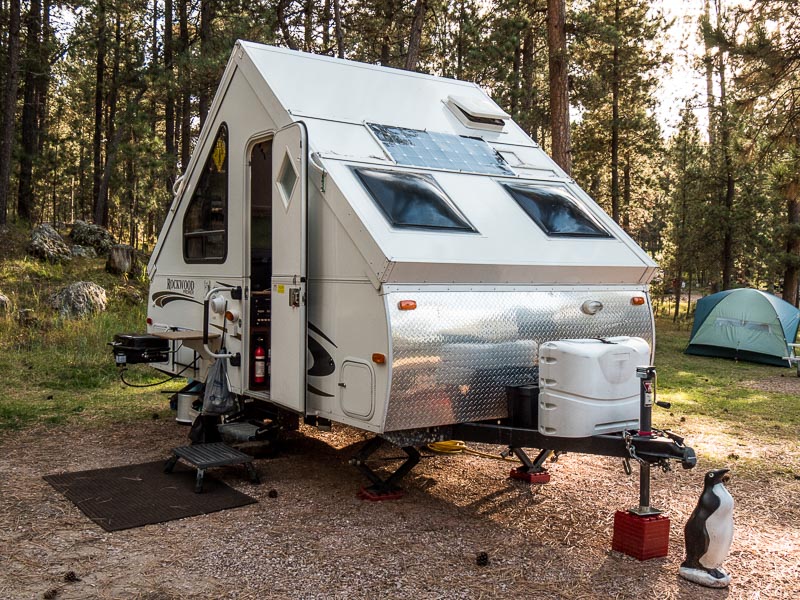
Sometimes it pays to not listen to the experts.
I asked members of an A-frame Facebook group how far in advance we should reserve RV park campsites in Canada this summer. One Canadian camper suggested that he never made reservations and was always able to get a site.
Well, that may be true if one doesn’t mind that the only campsite left is immediately downwind of a pit-toilet. But we have our standards.
I spent hours studying campground maps and photos trying to find perfect sites, which we reserved the instant reservations opened.
Others obviously are doing the same thing. In many cases, I went back online an hour after reservations opened and found those campgrounds had few unreserved sites left.
As for camping between parks, my Canadian expert suggested that if we can’t find space, we should just ask locals if we can camp in their yards.
With that in mind, we’d appreciate it if those of you living in the Great White North would give us your addresses. We’ll need a restroom and showers, and the gray water dumped from our sink should do wonders for your petunias.
Beginning June 21st, Dianne and I will begin a three-month camping escapade across Canada in our tiny, a-frame trailer. We’ll be spending 102 days on the road, bunking in an 84-square-foot trailer and since we don’t have a bathroom onboard, we’ll be using nothing but public restrooms (called washrooms up there). Should be interesting after all of that good Canadian beer.
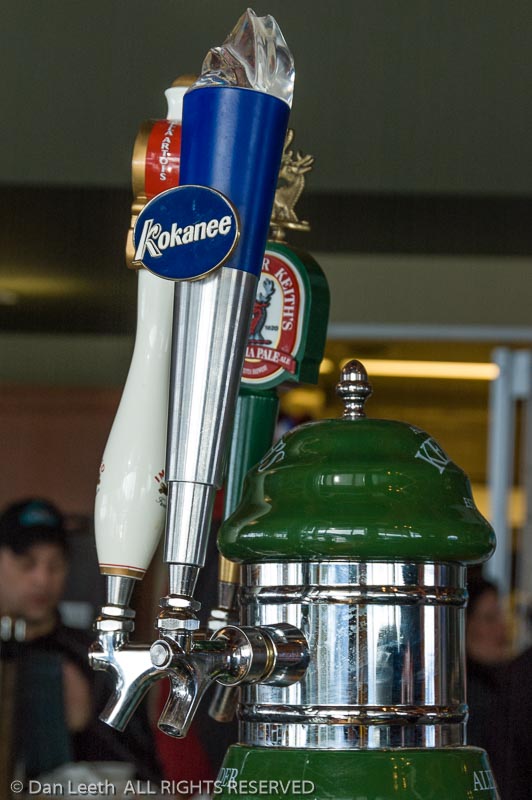
Due to a little hand surgery, we’ll be starting our Canadian adventure in Radium Hot Springs instead of Vancouver Island. After one night there, we drive to Lake Louise and begin our long slog across the largest country on the continent. We hope to learn more about our neighbor to the north and search for an answer to that perplexing question of just why are Canadians so gosh darn friendly and polite.
While we will hit a few cities along the way, most nights will be spent in national and provincial park campgrounds. We already have prepaid reservations at most for specific nights at specific campsites. We can only hope no breakdowns interfere with the schedule.
The journey will reach its easternmost point on Newfoundland. From there it will be back through Nova Scotia and New Brunswick to Maine followed by a long slog back home.
As Jimmy Buffett once pointed out, the worst experiences make the best stories. Hopefully we’ll have only dull but happy experiences to report at trip’s conclusion.

A few years ago, I was perusing the travel section in a Barns & Noble store when I stumbled upon “The Longest Road,” a book whose cover featured the image of a trailer being pulled down the pavement.
Written by Pulitzer Prize winning author Philip Caputo, the book tells the tale of a trailer-camping trip he took across America. We had just recently purchased our own camping trailer, so of course, I bought the book and quickly read it from cover to cover.
The account of his trip got me to thinking that maybe Dianne and I should do something similar. After all, we’re both avid campers and veterans of extended journeys.
Before we met, she and a girlfriend traveled for five months across North America in a Jeep Wagoneer. About the same time, my step dog, her owner and I spent seven months exploring the western U.S. in a VW camper van. After we got married, Dianne and I embarked on a three-month trip vagabonding around Europe and over the turn of the last century, I spent four+ months at sea on an around-the-world cruise.
Now, as a retired nurse and a freelance travel journalist, we have the time and temperament to tackle another long trip. Inspired by Caputo, we quickly hatched our plans.
Airstream trailers such as Caputo’s are crafted from aircraft-style aluminum and made for long hauls. Ours, on the other hand, was fabricated from plastic and particle board that was glued, screwed and stapled together. It was designed for weekend camping, not 10,000-mile continent-crossing escapades.
If things go wrong, and I’m sure something will, we’ll have Caputo to blame.
The only thing worse than a strong head wind when towing a trailer is a strong side wind, and we’ve had to endure both on the first two days of our 102-day Trans-Canada Journey.
Of course, we haven’t reached Canada yet. That won’t happen until Saturday. It’s going to take us three days just to get to the Great White North, the first two of which took us from our home in Aurora, Colorado, north to Sheridan, Wyoming, and on west to Anaconda, Montana. The winds have been howling the entire way, causing vegetation to bend over like the Hunchback of Notre Dame and flags to stick out like they’ve OD’d on Viagra. The low-riding trailer has been following faithfully but our tow vehicle, a tall Nissan Xterra, has been rocking like a party van as it gets wind-buffeted down the pavement.
Hopefully, when we emerge from the flats and head into the mountains, things will calm down and I won’t have to keep white-knuckling the steering wheel to keep our progress on the straight and narrow.
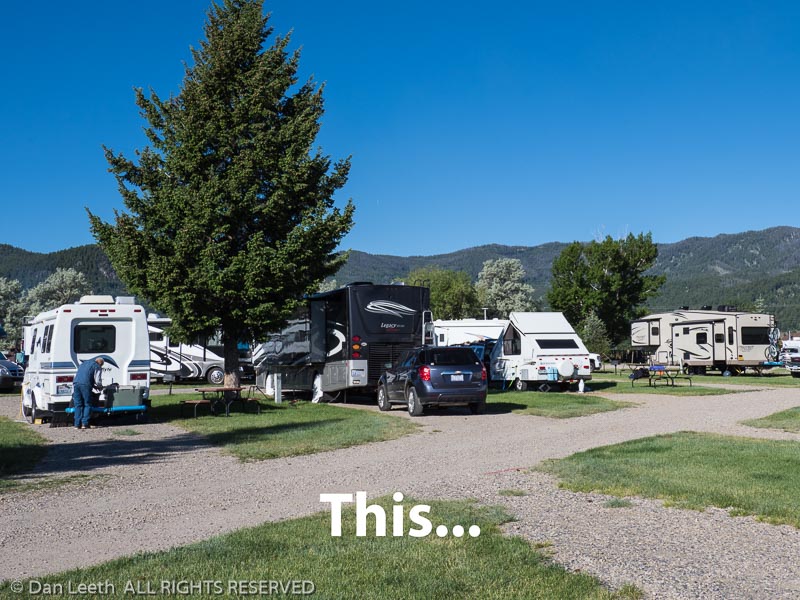
Some folks like commercial RV park campgrounds. We don’t.
Last night we stayed in a highly rated RV Park near Butte, Montana. It had all the amenities one could ask for – full hookups, level, pull-through sites, a picnic table and grill, clean restrooms with showers and free (but pitifully slow) Wi-Fi. The staff was friendly, our site had grass and the nearest neighbor was a full ten feet away. For folks who use their RV as a mobile motel, it was great, and nobody spoiled our fantasy of privacy by waving or stopping to chat as they walked by.
Tonight, we’re in a U.S. Forest Service campsite in the Kootenai National Forest. Our site slopes a bit sideways requiring us to prop up one wheel to level the trailer. We have to fetch water from a spigot 25 yards away and the restroom is a one-hole pit toilet located up the hill. But we’re surrounded by nature in the form of trees, vegetation and wildlife, which the signs suggest may include those big, furry ursine critters. The nearest neighbor is a John Elway pass away, and we have birds chirping with the occasional squirrel and chipmunk scurrying past. Everyone who has walked by our site has either waved or stopped by for a brief chat.
Of course, it would be nice if we had even pitifully slow Wi-Fi, but with no cell service out here, even teens have no reason not to look up and admire their surroundings.
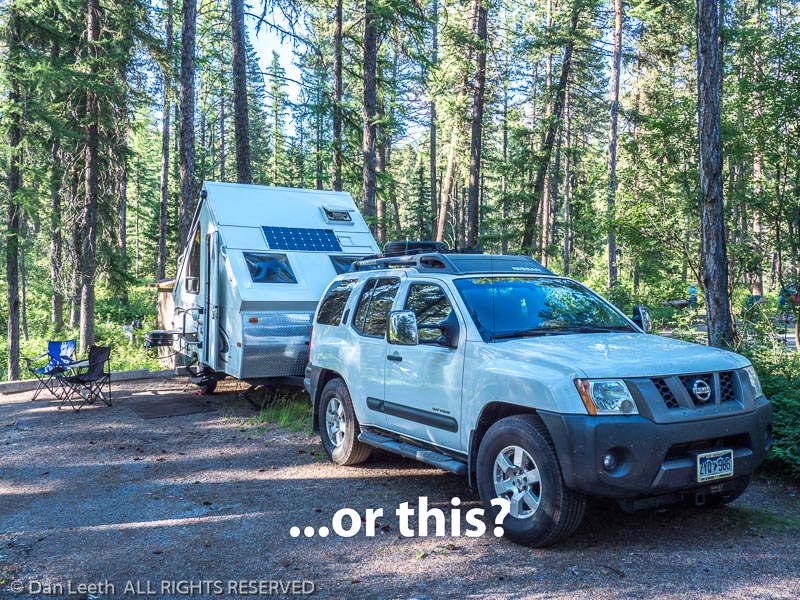
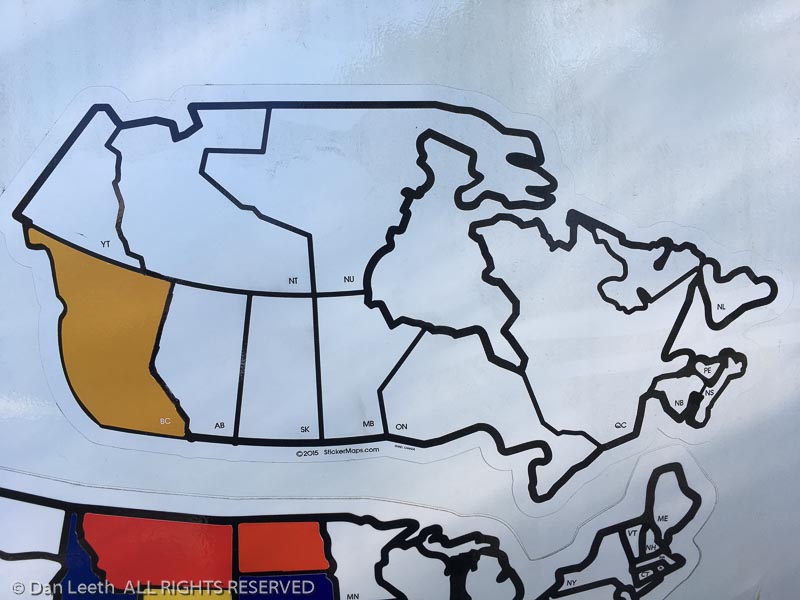
After three days of driving north from Colorado, we finally made it to British Columbia. We entered the Great White North at Roosville, the second busiest Canadian entry point from the state of Montana. There was nobody ahead of us in line and nobody behind. Apparently few folks go from Montana to Canada on a Saturday morning, and the border guard seemed grateful to have something to do.
We assured him we carried no guns, tasers, mace or pepper spray, and he didn’t ask about any beer, wine, meats or vegetables we might be smuggling in. The whole border crossing took less time that it takes to clear a California agricultural bug stop.
We’re diving right into the Canadian way of life. I set the Garmin to kilometres (yes, we’re even using Canadian spellings), which was great for monitoring our speed, but distances suddenly seemed incredibly longer. I reset our indoor/outdoor thermometer to register Celsius, and we can no longer look at it and tell if we’re comfortable or not.
“It says it’s 25 outside. Is that good or bad?” Dianne asked.
We filled up with fuel at the local Who-Knows-What gas station, sloshing in enough litres of fuel that if it were the same number in gallons, it would overflow the tank in our neighbor’s motor mansion. And the final price in Canadian dollars would have made a good down payment on that motorhome. Fortunately, with the favorable exchange rate, everything comes at about 30% off.
We’re now tucked away in our campsite in Kootenay National Park outside Radium Hot Springs. There’s a fresh, 24-pack of Kokanee beer tucked away in the fridge and we’ve got a 120-volt electrical hookup, so we can run the air conditioner. We just need to figure out if 25 degrees is hot or not.